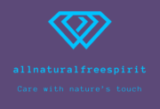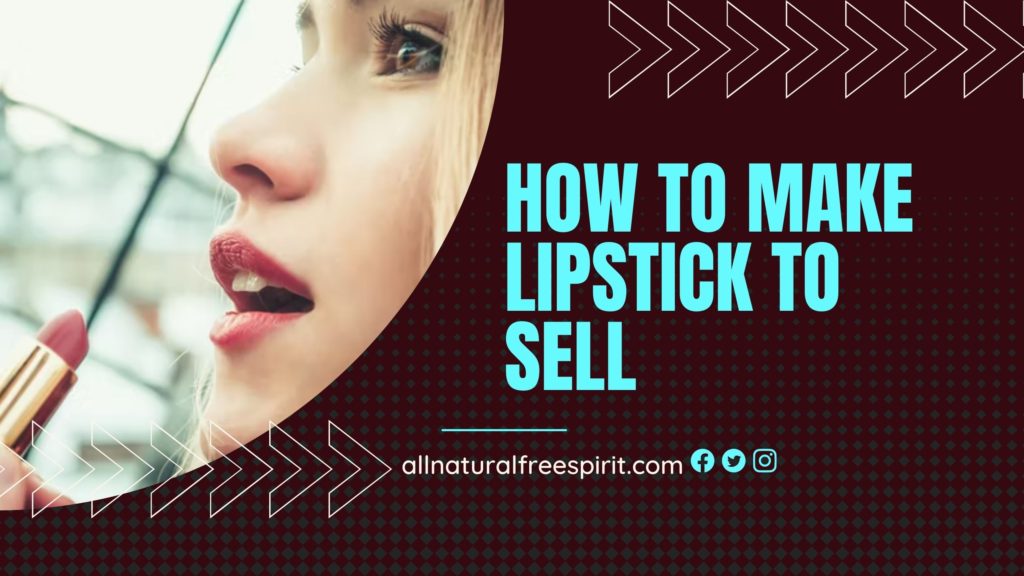With new lipstick lines coming up every day, it can be challenging to develop something that will give your competitors a run for their money!
You want something noticeable and flattering but not too trendy that it will be old news in a month. This blog will teach you how to make a lipstick that is both high quality and marketable.
Creating your own lipstick to sell is not as hard as one might think. You just need to have the right ingredients and the proper tools.
While this can be a fun and profitable project, it’s important to understand the basics of the lipstick business before you begin.
You also have to think about the packaging and price, which is an important part of marketing your new line.
Lipstick is a staple in any woman’s makeup bag, and it’s no wonder that so many companies are vying for a piece of the lipstick market.
With so many products on store shelves, it can be tough to come up with something new and exciting.
However, with a little creativity and effort, you can create a line of lipsticks that will set you apart from the rest.
If you’re thinking about starting your own lipstick line, continue reading to learn how to make lipstick to sell!
How To Make Lipstick To Sell: Ingredients you Need
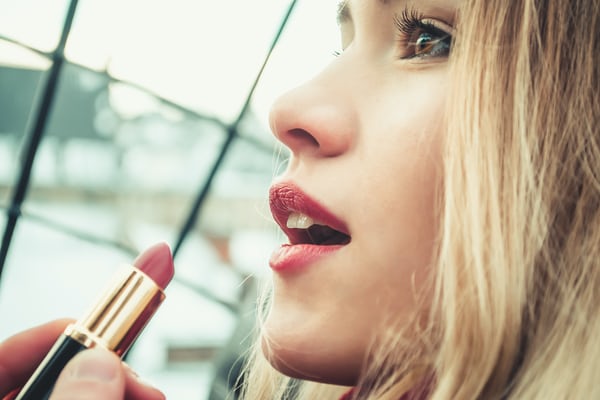
With the cosmetic industry constantly changing, it’s hard to keep up with the latest ingredients. However, a few basic ingredients are essential for all types of lipstick.
Let’s look at some of the main ingredients that you can use to make Lipstick to sell.
Raw Materials You Will Need For Making Lipsticks
1: Beeswax
Beeswax is an excellent choice for lipstick because it is soft and pliable yet tough and durable. It also has a high melting point, which means it stays solid even in hot weather.
Beeswax is also non-toxic, which makes it safe for use on your lips.
Beeswax keeps the mixture together and gives it a rich, creamy texture.
It works as an emulsifier to keep moisture locked in and form a barrier that keeps the lipstick from fading or running.
It also helps keep your lips hydrated, preventing them from drying out and looking chapped.
Research shows that beeswax contains antibacterial and anti-inflammatory characteristics, making it great for mending cracked lips as well as dry and chapped lips.
If you want your balm to be firmer, add extra beeswax to the mix. Reduce the quantity if you want a lippy that’s more greasy and smooth.
You can purchase beeswax at most health food stores or online.
Read: How to make lip balm with coconut oil and aloe vera

2: Coconut Oil
Coconut oil is a great choice for lipsticks because it is highly moisturizing and helps to prevent chapping. It also has a light, refreshing flavor that is not overpowering.
Coconut oil is solid at room temperature but melts easily in your mouth.
This makes it a great choice for a lipstick base, as it will keep the lipstick solid but will also melt and coat your lips when you apply it.
Coconut oil is also moisturizing and has a long shelf life, making it a great choice for a lipstick that you plan to sell.
It also has a natural SPF of 4, which can help to protect your lips from the sun.
Be sure to use sunscreen if you wear your lipstick in direct sunlight, as the SPF in the coconut oil will not provide full sun protection.
3: Shea Butter
Shea butter is a great choice for lipsticks because it is highly moisturizing and helps to prevent chapping.
It also has a light, refreshing flavor that is not overpowering. Shea butter is solid at room temperature but melts easily in your mouth.
This makes it a great choice for a lipstick base, as it will keep the lipstick from melting in warm weather. Shea butter also has a natural SPF of 6, which can help to protect your lips from the sun.
Shea butter is relatively inexpensive and has a long shelf life making it a great choice for a lipstick that you plan to sell.
Shea butter is also high in antioxidants, which can help to protect the lipstick from oxidation.
Shea butter is a great choice for a lipstick base because it is moisturizing and has a long shelf life. It is also relatively inexpensive, making it a great choice for lipstick, especially if you plan to sell.
Read: Beetroot lip balm for dark lips at home
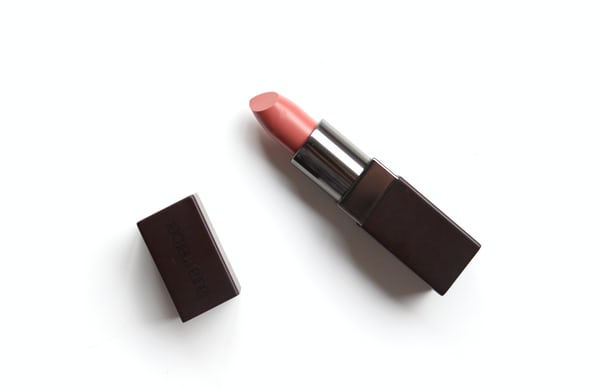
4: Cocoa Butter
There are a lot of reasons to love cocoa butter. Not only is it a great moisturizer, but it’s also a natural SPF. This means that it can help to protect your skin from the sun.
This makes it a great ingredient for lipsticks. Additionally, it has a pleasant chocolatey scent that many people love.
Like Shea butter, it is moisturizing and has a long shelf life. It is also high in antioxidants, which can help to protect the lipstick from oxidation.
Another benefit of cocoa butter is that it has a natural SPF of around 6, which can help to protect your lips from the sun.
There are a few different ways to make lipsticks with cocoa butter. You can use it as a melt and pour base or make your own base using beeswax and oil.
Both methods are easy to do and only require a few ingredients.
5: Colorants (Pigments and Dyes)
Color is a very important ingredient in lipstick, and there are a variety of different colorants that can be used.
You can use natural colorants like beetroot juice and carmine, or you can use synthetic colorants. Here are some of the most popular colorants for lipsticks:
- Red Iron Oxide – This is a very common red pigment often used in cosmetics.
- Titanium Dioxide – This is a white pigment often used in sunscreens.
- Ultramarine Blue – This is a blue pigment made from synthetic minerals.
- Mica – This is a shimmery mineral that is often used in cosmetics.
- Carmine – This is a natural red dye made from crushed insects.
Besides giving your lipstick a nice colour, these pigments can also provide other benefits. For instance, red iron oxide can help make your lipstick more long-lasting,
while titanium dioxide can help protect your lips from the sun. So, if you’re looking to make some money selling lipsticks, make sure to choose the right colorants!
Read: Lip balm recipe with beeswax and shea butter

6: Castor Oil /Almond oil
If you dont have coconut Oil, you can use Castor oil or Almond oil. These are both great for conditioning lips. Castor oil and almond oil are both great for conditioning lips.
Castor oil is a natural humectant which helps keep lips moisturized. Almond oil is rich in vitamin E, which can help protect lips from the sun and other environmental stressors.
Both oils are also a great choice to use as a lipstick base because of their moisturizing properties that help keep the lips hydrated.
They are also high in antioxidants, which can help to protect the lipstick from oxidation. These fatty acids will help keep the lips moisturized and help the lipstick to glide on smoothly.
They also have a long shelf life, which is important for a product sitting on the shelf waiting to be sold.
Adding these oils to your recipe will give your lipstick a creamy, moisturizing texture as well as a light natural sheen that will make it look more expensive.
7: Fragrance or Essential oils (optional)
For your lipstick to sell, you will definitely need to add a Fragrance or Essential oil. This is what will give your lipstick its flavor and scent.
You can choose from a variety of different scents to find the perfect one for your product.
Just make sure that you choose a fragrance or essential oil approved for use in lip products. You dont want to have something that will harm or cause an adverse reaction to your customers.
It is important you use essential oils that have a long shelf life. Oils with a low shelf life can go rancid, which will ruin your product.
When adding fragrance, you will want to use something with some added benefits to your lips.
For example, peppermint oil can help cool and soothe your lips, while orange oil can help to brighten them up. Just be sure to add only a drop or two, as essential oils are very potent.
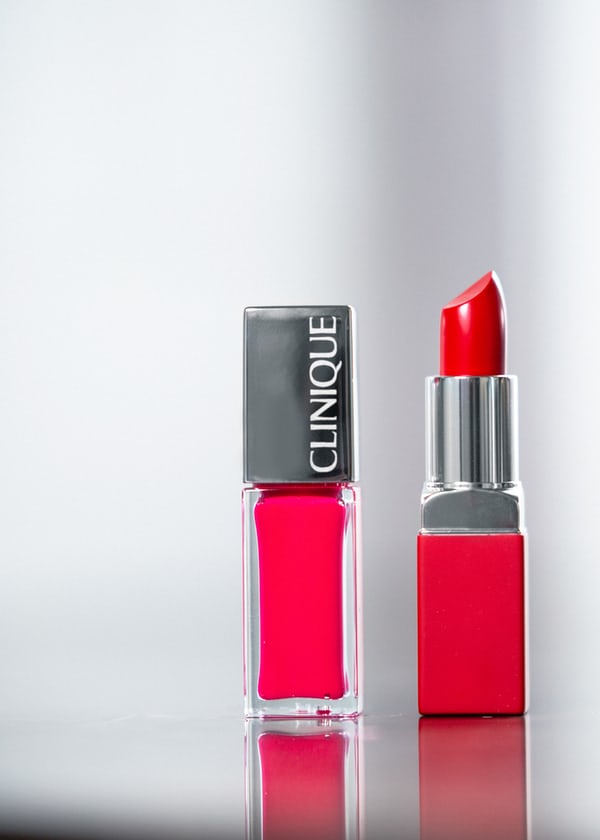
8: Vitamin E (optional add-in)
Another optional add-in for your lipstick is vitamin E. Vitamin E is a great ingredient for lips, as it helps to keep them hydrated and healthy.
Adding vitamin E to your lipstick will help to keep your lips moisturized and hydrated. It is an optional add-in, but it is definitely something that you may want to consider.
If you are looking for a way to keep your lips smooth and hydrated, adding vitamin E to your lipstick is a great option.
This oil can help keep your lips from feeling too dry or cakey, and it will also help keep your lips healthy.
Vitamin E is a great ingredient to add to your lipstick if you want to keep your lips looking and feeling their best.
Consider adding vitamin E to your next batch of homemade lipstick to get the most out of your pout!
9. Carnauba Wax
Carnauba wax is a hard, brittle wax that is sourced from the leaves of the Brazilian Carnauba palm.
It has a high melting point and a very low oil content, making it an ideal lipstick ingredient. Carnauba wax helps to keep the lipstick from melting in hot weather.
This is a very good alternative to beeswax as it is vegan and helps to keep the lipstick from melting.
This hard, brittle wax will help keep your lipstick in place, even when the temperature is high. Carnauba wax has this glossy effect that leaves your lips looking luscious.
Another benefit of using Carnauba wax is that it is a natural ingredient. You can be sure that you are not putting any harsh chemicals on your lips when using this wax.
10. Lanolin Alcohol
Lanolin alcohol is a derivative of lanolin that has been purified. It is an effective humectant that helps to keep the lips moisturized.
Lanolin alcohol is a lot less greasy than lanolin, and it is more effective at locking in moisture. This makes it a good ingredient for lipsticks and other lip products.
This ingredient is used in lipstick to help make it glide on smoothly. Lanolin alcohol also helps to keep the lips hydrated, which is important for keeping them looking healthy.
Another benefit of lanolin alcohol is that it helps extend the lipstick life. It acts as a preservative, and it also helps to keep the color from fading. This makes it a good ingredient for lipsticks and other lip products.
How To Make Lipstick To Sell: The Recipe
Now That you know the basics ingredients that go into lipstick production, it is time to make your own! Here is the recipe you can use to make them once you have all the supplies you need.
Things you Will Need: Ingredients:
1: Coconut oil or other oil of your choice
2: Wax (Beeswax / Carnauba wax)
3: Shea butter or Cocoa butter
4: Liquid lipstick color or powder pigment
5: Essential oils or fragrance ( optional)
Equipment you will need:
1: Double boiler or a pot and a glass bowl that will fit inside of it
2: Lipstick tubes
3: Spoons
4: Measuring cups and spoons
5: Lips brush (optional)
Make Lipstick to Sell: Instructions:
Step 1: Melt the Wax (Beeswax / Carnauba wax)
Begin by melting the wax in a double boiler or a microwave. If you are using beeswax, first make sure you grind the pallets into smaller chips before placing them on the melting pot.
Be sure to keep the heat at a medium heat so that you dont burn your wax, as this will ruin the consistency. Keep stirring every few minutes to keep it homogeneous.
The mixture will be hot, so be careful!
Once the wax has melted, remove it from the heat and allow it to cool slightly. Let it sit for a few minutes before moving to the next step.
Step 2: Melt Down your Butters (Shea Butter or Cocoa butter)
Next, melt down your butters. You can do this in a double boiler or a microwave according to your preference.
Again, make sure the heat is kept at a medium level so that the butters don’t burn. Stir occasionally to prevent the butters from scorching. Once they have melted, remove them from the heat and allow them to cool.
Step 3: Mix the Wax and Butters Together
Now it’s time to mix the wax and butters together. You can use a whisk so that the wax and butters are completely mixed together. Place the wax in a larger bowl and slowly pour your butter while stirring gently.
By now, you should have a strong mixture. If not, you can add a bit more butter until you have the desired consistency.
Step 4: Add The Coconut Oils (any other oil you choose)
Once the Mixture has settled down, add the oils of your choice. For this recipe, we will work with coconut oil as it is a high-quality oil that is good for the lips and it is also non-toxic. However, you can work with any oil of your choice.
While adding the coconut oil, be sure to constantly stir to make sure the mixture is consistent.
You can use a hand mixer or a spoon to do this. If you are using a hand mixer, make sure to beat the mixture for at least 2 minutes.
Keep stirring until everything is well combined.
Step 5: Add your Essential Oils
When the oil is well combined, add your essential oils. You can add more or less depending on the scent that you are going for.
To do this, simply add a few drops of each oil to the mixture and stir until each oil is evenly distributed. Take care not to overdo it, as too much oil can create a greasy appearance.
Step 6: Add the Pigment (Micas / Iron Oxides)
Now comes the fun part! Add the pigment. Depending on how dark or intense you want the lipstick to be, you can add more or less.
To do this, add a few drops of each pigment to the mixture and stir until each pigment is evenly distributed. Again, please don’t overdo it, as too much pigment can create a greasy appearance.
Step 7: Preservatives
since you plan to sell your lipstick, it is important to add a preservative to the mixture. Add 1-2 drops of any preservative of your preference.
It is advisable to work with natural preservatives such as Vitamin E oil, Lemon, or Cedarwood oil if possible.
However, if you cannot access natural ingredients, then any preservative will do. Just be sure to test a small amount on the inside of your wrist first to make sure it is not too strong.
Step 8: Packaging and Labeling
Once you have your lipstick color, pigment, and preservative in place, it is time to fill up your packaging. Choose a pretty container or jar and add some sparkle. Then add your lipstick mix to the container.
You can always find nice-looking lipstick containers at your local dollar store or craft store. Finally, it is time to get creative with labeling. Use phrases such as “handmade with love” or “natural ingredients.”
Be sure to write down the ingredients and manufacturing information on the label. You can also create a QR code or embedding code to make it even easier for customers to learn more about your product.
Now it’s time to share your lipsticks with the world! Via social media, blog posts, or even an online store, let people know about your beautiful lipstick mix.
Frequently Asked Questions about Making Lipstick
Can I make my own lipstick?
Yes, you can make your own lipstick at home. There are a few different ways to do this, but all of them involve mixing a color base with oil and beeswax. You can use natural ingredients like beetroot juice, cocoa powder, or carmine to get the desired color, or you can use store-bought pigments.
How do I store my homemade lipstick?
When you are finished making your lipstick, you will need to store it in a way that keeps it safe and fresh. To do this, you will need to find an airtight and moisture-free container. Some popular choices include small jars or tins. You can also use a lip balm tube or even an old eye shadow container.
How much does it cost to make lipstick?
A lipstick costs only around $0.50 to make, but the price to purchase one in a store is often much higher. This is because of the high overhead costs of running a cosmetics company. Stores also markup the price of lipstick in order to make a profit.
Can I customize my own lipstick color?
Yes, you can customize your own lipstick color by using natural ingredients or store-bought pigments. Be sure to mix the ingredients together until you reach the desired color.
Creating your own lipstick is a creative endeavor that can yield fantastic results. Not only will creating your own makeup be rewarding, but it will also be a fulfilling process.
Hopefully, this guide on how to make lipstick to sell has inspired you to create something unique and exciting for yourself, whether for retail purposes or just for fun.
You can incorporate ideas from this article into your eventual product if you’ve never considered it before. The beauty of being a do-it-yourself is having the freedom to experiment with your interests and ideas!
